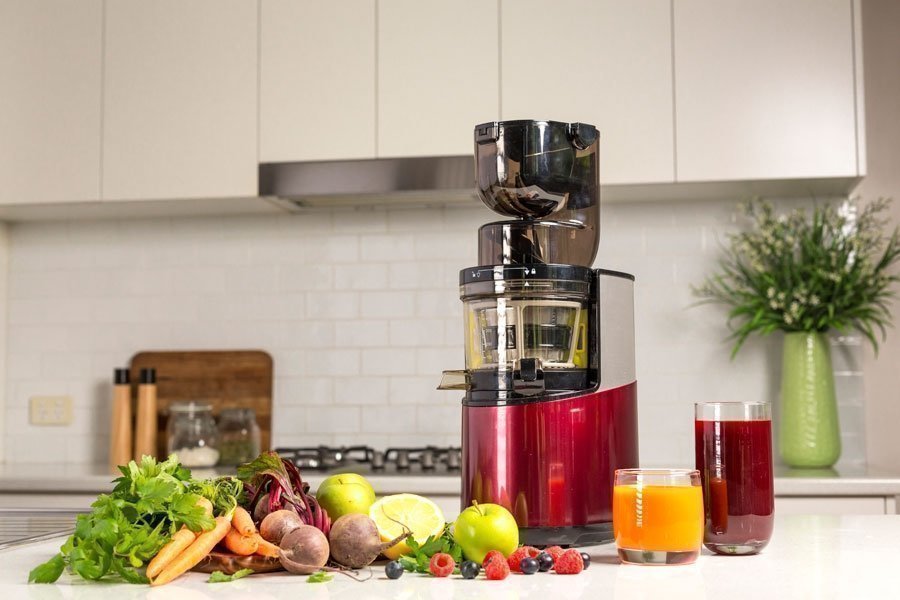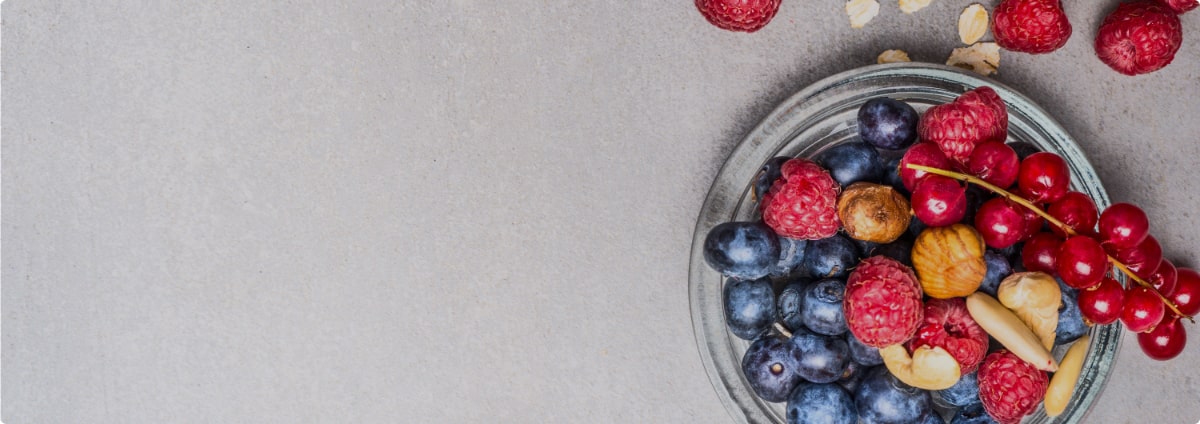Vitality 4 Life uses cookies to provide and improve our services, if you continue browsing, we consider that you accept its use. For more information, please see our privacy page.
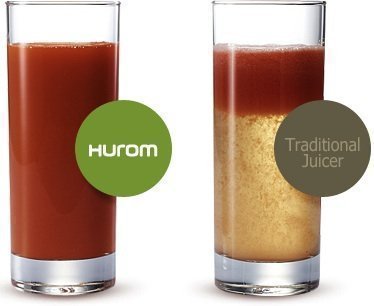
Best usage tips for a slow juicer
A new type of juicer has arrived which is commonly called a vertical cold pressing or 'slow' juicer.
They sit in the same category as other juicers that produce a juice which is still full of essential enzymes, nutrients and vitamins (The Hippocrates Twin Gear, Oscar Neo 1000, Oscar Vital Max and the Vertical Juicer models (700, 500 and 400)).
These slow juicers differ from the Hippocrates and Oscar models in that they:
- are primarily fruit and vegetable juicers
- have a larger feeding chute
- make remarkable alternative milk drinks (such as nut or soy milks)
- are the fastest producers of juice even though they still operate at the RPM's which prevents enzyme and nutrient loss.
Here are some tips to get the best out of the Hurom models of juicers.
1) Juice less fibrous produce first. Begin with carrots, beetroot, watermelon, apples and then add the more stringy produce such as celery or leafy greens. Tear or cut up the more fibrous vegetables into smaller pieces.
2) Make it easy on the machine. Even though this series of vertical slow juicers have a wider feeding chute than most other cold pressed juicers, a few simple steps will ensure an easier process. Cut carrots on an angle to further help the self feeding process, and cut larger produce such as apples into smaller pieces. Remember, you can find a whole apple juicer, but much of the goodness is degraded due to the harsh grating and high speed spinning friction.
3) Feed leafy greens in without crunching them up. This allows the produce to wrap around and get squeezed opened by the screw.
4) Run a glass of water through the machine mid juicing. To give the juicer a quick refresh in the middle of a juice session, pour in water while it is operated to flush out some of the built up fibres so it odesn't clog.
5) Pulpy fruits are best in the blender. Mangoes, bananas and avocados are low in water content and their dense make up means it is difficult for any juicer to separate out the juice. They really are best processed through a cold pressed juicer, in a frozen state (defrost for 10 minutes before processing) to make a frozen fruit sorbet. Alternatively, these fruits are the base ingredients in most smoothie recipes. A high powered blender with sufficiently sharp blades will correctly cut up these types of produces into a form which is most useful to our digestive systems.
Please note: Vitality 4 Life recommend the Hippocrates Twin Gear or the Oscar range of cold pressed juicers if juicing large quantities of leafy greens is a priority for you. These two juicers also serve as more all round living food kitchen appliances for mincing or processing dishes such as pesto, baby foods, sprouted hummus, nut butters and pasta.
[caption id="attachment_5077" align="alignnone" width="550"] Juice outlet cap allows storage of juice in the machine for later consumption.[/caption]
Juice outlet cap allows storage of juice in the machine for later consumption.[/caption]
[caption id="attachment_5078" align="alignnone" width="385"]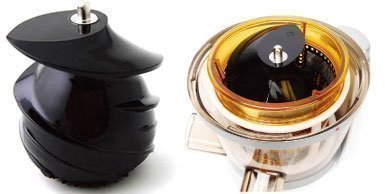 The inner working of the Hurom juicers. Produce is crushed by the auger, and feed downward to be squeezed through the screen which opens up the cell wall in the correct way.
The inner working of the Hurom juicers. Produce is crushed by the auger, and feed downward to be squeezed through the screen which opens up the cell wall in the correct way.
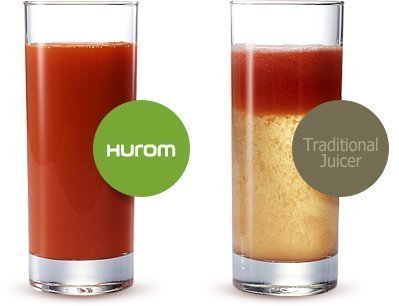
- The strength of colour and 'wholeness' of juice is an indicator of the health of the extracted juice.[/caption]









